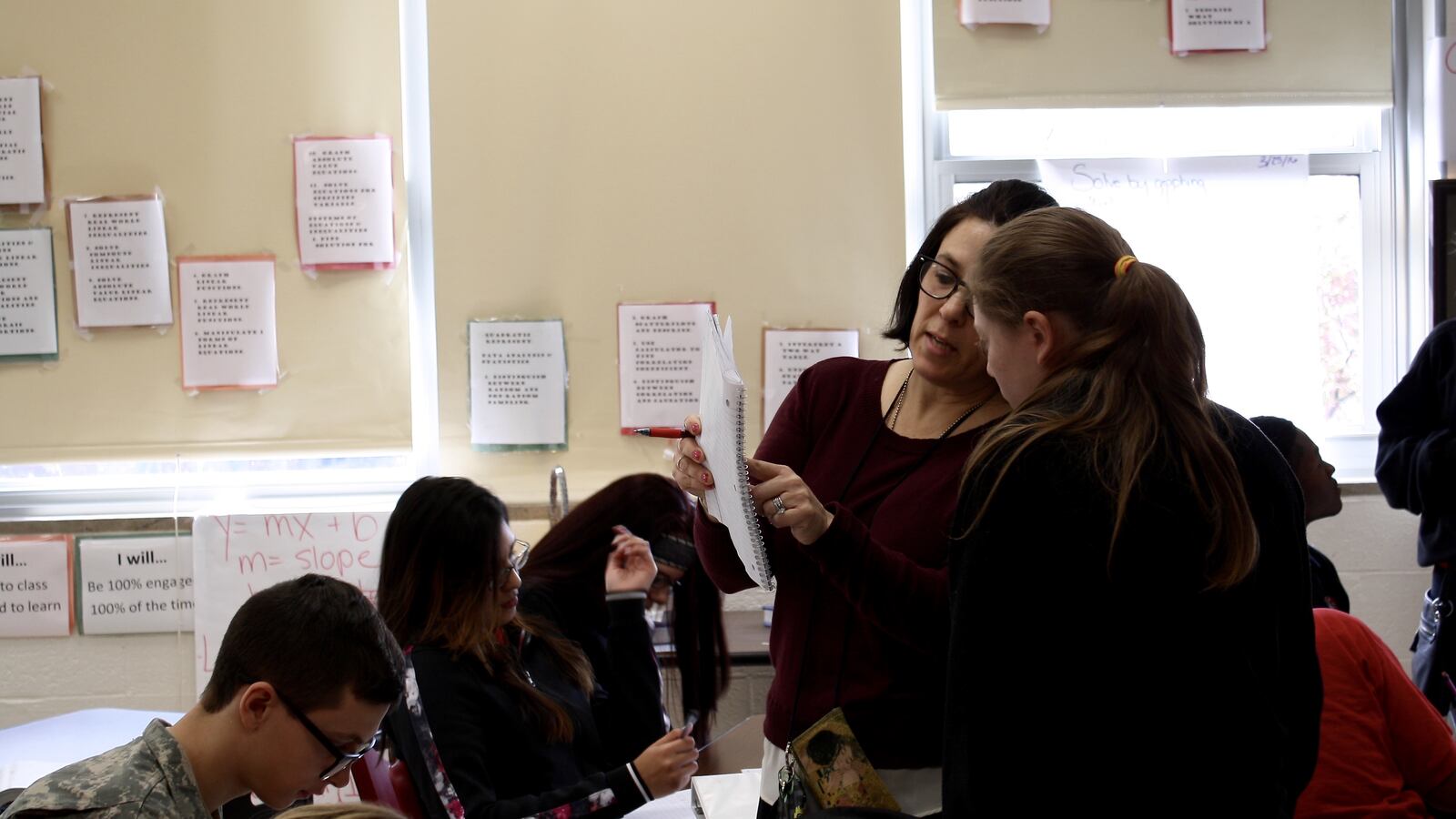Indiana could have too many teacher evaluation models for its own good, according to researchers who studied how districts across the state measure how well teachers are performing.
Because districts can choose their own teacher evaluation models, more than 200 different evaluation systems were on the books in 2015 and 2016. A research project from the Center on Education and Lifelong Learning at Indiana University, led by researchers Hardy Murphy and Sandi Cole, set out to figure out what was in each of them in order to report back to the Indiana State Board of Education and ensure the process reflects best practice in the field.
Researchers found “an erratic profile” of plans that varied based on what the researchers said makes for “high quality teacher evaluation plans.” The highest-scoring districts required frequent conferences between teachers and their supervisors, clearly described how and why test scores would be used, and set out specific timelines for how the evaluations would work. Others did not.
Overall, the researchers gave 31 districts’ evaluation systems high marks. Another 33 got a low score, while 207 scored in the medium range.
“Teacher evaluation experiences differ significantly throughout the state because of inconsistent plan development and implementation processes,” the report concludes.
And as the federal government releases states from having to monitor teacher evaluation plans under the new Every Student Succeeds Act, the researchers say potentially less strict oversight could make it even harder to consistently measure teacher quality across the state.
How the state monitors districts’ evaluation systems going forward is one question that state education officials must answer this year. Another is just how much student test scores should affect teacher ratings, which can influence everything from whether educators get raises to whether they can even keep their jobs.
State law says student test scores must “significantly inform” teacher ratings. But some districts count scores for as much as 50 percent and specific student learning goals for as much as 60 percent of teacher ratings, while others use those factors for as little as 2 percent. So far, the state has been hesitant to recommend any specific percentage.
Read the entire report here. The report’s findings will be presented tomorrow to the Indiana State Board of Education.

